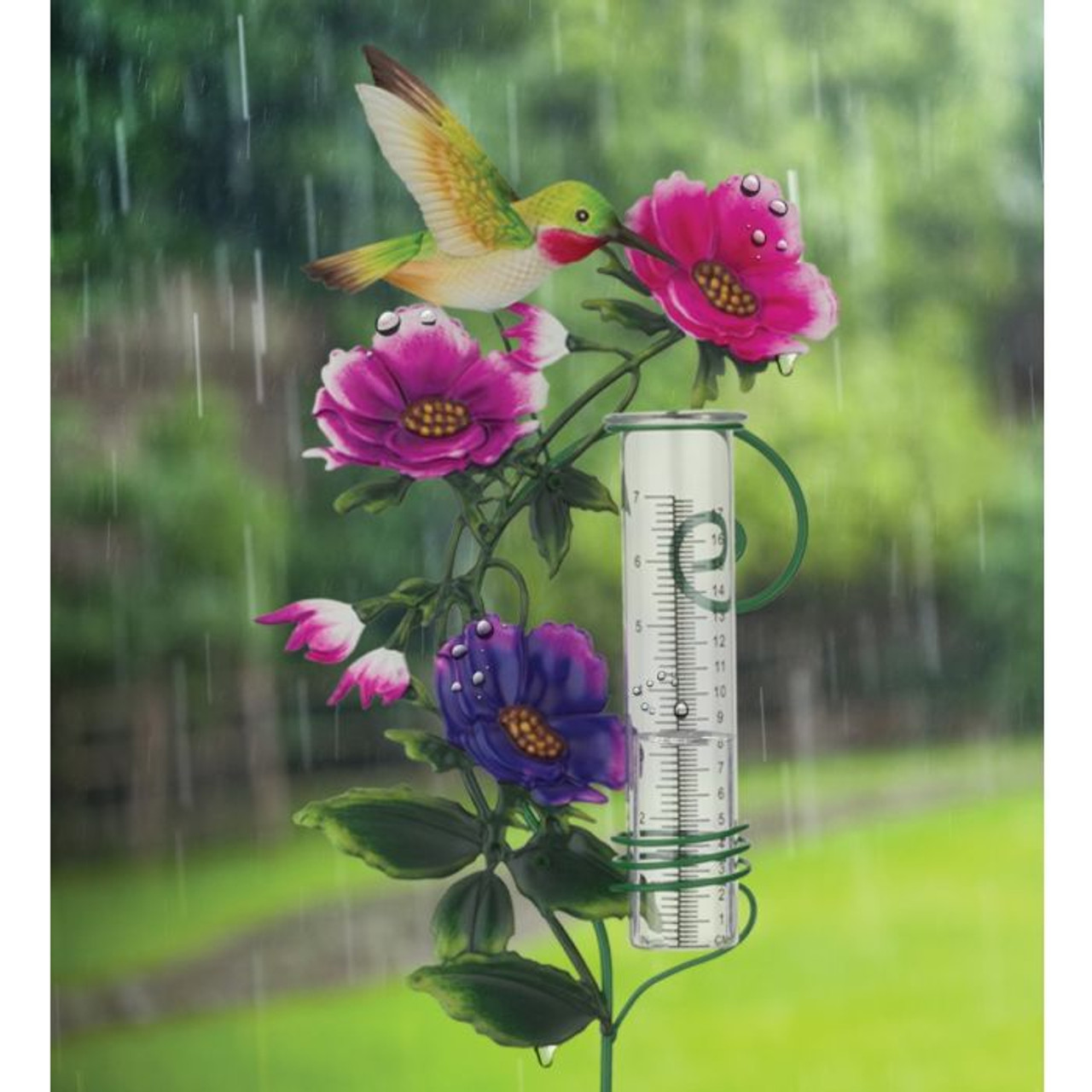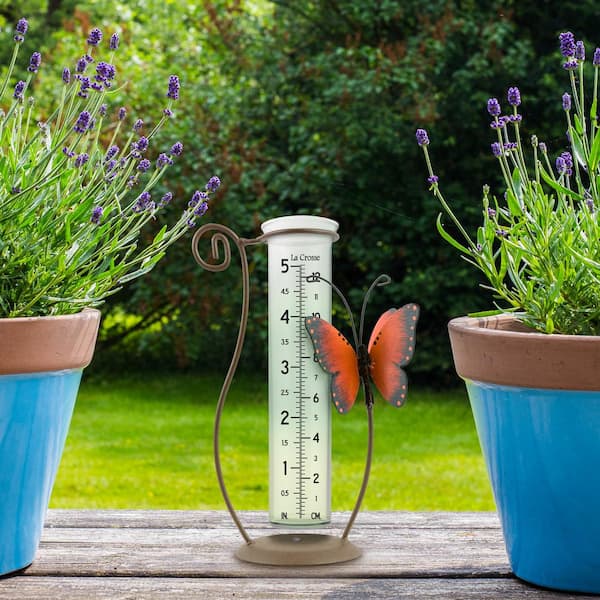The Rain Gauge: Vital Info and Finest Practices for Weather Condition Enthusiasts
The Rain Gauge: Vital Info and Finest Practices for Weather Condition Enthusiasts
Blog Article
Comprehending Rainfall Gauge Measurements: A Complete Guide
Recognizing Rainfall Scale Measurements: A Complete Guide is a thorough source for any person looking for a deeper understanding of rain scale measurements. Rainfall is an important consider numerous sectors, consisting of water, farming, and meteorology source management. This guide intends to supply viewers with a comprehensive understanding of the relevance of rain gauge dimensions, the various sorts of rainfall gauges offered, and just how these dimensions are gotten and analyzed. Additionally, it checks out the elements that can affect the precision of rain scale readings and provides functional tips for acquiring exact measurements. Whether you are an expert in the area or merely have an interest concerning rains measurement, this guide will certainly equip you with the understanding needed to properly use rainfall scale measurements.
The Significance of Rain Gauge Measurements
The value of rain scale measurements depends on their function as an important tool for precisely keeping track of and assessing precipitation levels - The Rain Gauge. Rainfall gauge measurements provide useful data that assists hydrologists and meteorologists understand patterns and patterns in rainfall, which in turn aids in numerous fields such as agriculture, water source management, and environment study

Exact rainfall measurements are necessary for agriculture as they aid in establishing irrigation demands, plant development, and return forecasts. Farmers rely on this information to make informed decisions about when to water their plants, protecting against water wastefulness and making certain optimal plant wellness. Additionally, rains information helps in evaluating the influence of dry spells or extreme rains on plant production, enabling farmers to take appropriate steps to reduce losses.
Water resource management heavily counts on rain scale dimensions to identify the amount of water offered in rivers, reservoirs, and lakes. Precise measurements make it possible for water supervisors to make informed choices about water allocation and circulation, making certain sustainable usage and stopping scarcities. This details is specifically important in regions where water scarcity is a pushing problem.
In addition, rain gauge dimensions play an essential duty in environment study. By properly gauging rainfall over prolonged periods, scientists can analyze lasting environment patterns and determine changes in precipitation patterns due to environment modification. This data aids policymakers and scientists establish approaches to adjust to and alleviate the impacts of environment change.
Kinds Of Rain Scales
There are numerous kinds of rainfall assesses used to measure precipitation accurately. Each type has its own benefits and restrictions, making them ideal for various functions and settings.
One of the most usual sort of rain gauge is the typical cylindrical gauge. It contains a round container with a broad funnel-shaped top to gather rainwater (The Rain Gauge). The water is then funneled into a graduated determining tube, permitting accurate dimension of the amount of rainfall
Another type is the considering rainfall gauge. Considering rainfall determines are particularly useful in locations with frozen precipitation or hefty rainfall, as they are not impacted by splashing or dissipation.
Tipping bucket rain assesses utilize a device that suggestions a little bucket each time it accumulates a particular amount of rainwater. The variety of pointers is taped and utilized to calculate the rains. This sort of gauge is typically used in automated climate stations due to its low upkeep requirements and ability to offer real-time information.
Ultimately, there are radar-based rainfall assesses that usage radar innovation to approximate rainfall. These determines measure the strength of rains in a certain area by evaluating the reflected radar signals. They are specifically beneficial for measuring rainfall over huge areas or in remote places.
How Rain Gauge Measurements Job
Rain gauge dimensions are based on the concept of gauging the amount and collecting of precipitation. These instruments are designed to catch rainwater and supply an exact measurement of the rains in a specific area.
The most common sort of rainfall gauge is the common round scale. It contains a round container with a large opening on top to gather rainwater. The collected water is after that channelled into a measuring tube, which is adjusted to provide the measurement in systems of length, usually millimeters or inches.
Another kind of rain gauge is the tipping container scale. When they reach a specific weight threshold, it uses a seesaw-like device with two containers that tip. Each tip of the bucket represents a specific quantity of rainfall, permitting accurate dimensions.
Some sophisticated rain determines are outfitted with electronic sensors that immediately record and transfer data. These sensing units use different innovations such as ultrasound or laser to gauge the amount of rainfall properly.
Elements Influencing Rainfall Scale Precision
Environmental aspects such as wind, temperature level, and atmospheric pressure can significantly affect the precision of rainfall gauge dimensions. Modifications in atmospheric pressure can also affect the precision of rain gauge measurements, as they can alter the rate at which rains is accumulated.
Functional variables, on the other hand, describe factors associated with the design, installment, and upkeep of the rainfall scale. The positioning of the rain scale in a location with obstructed airflow or near buildings or trees can bring about unreliable analyses as a result of clog or splattering of rainfall. Moreover, inappropriate calibration or uneven maintenance of the rain gauge can additionally impact its precision.
To make certain the accuracy of rain scale measurements, it is important discover this to take into consideration these variables and take proper steps. This may include picking a proper area for the rainfall gauge, guaranteeing correct installation and maintenance, and on a regular basis adjusting the instrument. By addressing these factors, precise and trusted rains dimensions can be gotten, which are important for numerous applications such as weather forecasting, hydrological researches, and farming.
Tips for Accurately Gauging Rain
To guarantee precise rainfall dimensions, it is essential to carry out specific methods and approaches when utilizing a rainfall gauge. Here are some pointers for properly gauging rains:
Appropriate Positioning: Put the rain scale in an open location, far from trees, buildings, and other blockages that might hinder the rains collection. It should be placed on a degree surface area to prevent water pooling or runoff.

Read the Scale Appropriately: When taking measurements, reviewed the water level at eye degree from all-time low of the meniscus. Stay clear of parallax mistakes by straightening your sight straight with the water degree.
Regular Time Period: Set a constant time interval for measuring rainfall, such as every 1 day or after each rainfall event. This makes sure precise tracking and comparison of precipitation information.
Record Measurements Quickly: Tape-record rains measurements immediately after collection to stop evaporation or splilling. Utilize a rain gauge with an integrated information logging function for automatic recording.
Conclusion
In final thought, recognizing rainfall gauge measurements is crucial for properly measuring rains. It is important to take into consideration factors that can influence the accuracy of rainfall scale pop over to this web-site measurements, such as evaporation, wind, and positioning.
Recognizing Rain Scale Dimensions: A Total Guide is a comprehensive source for anyone seeking a much deeper understanding of rainfall scale measurements. Whether you are an expert in the field or merely have a curiosity regarding rains dimension, this overview will certainly equip you with the understanding required to properly use rainfall scale dimensions.
The most usual type of rain scale is the standard cylindrical scale.The most usual type of rain gauge is the common round scale.An additional kind of click this site rainfall scale is the tipping pail gauge.
Report this page